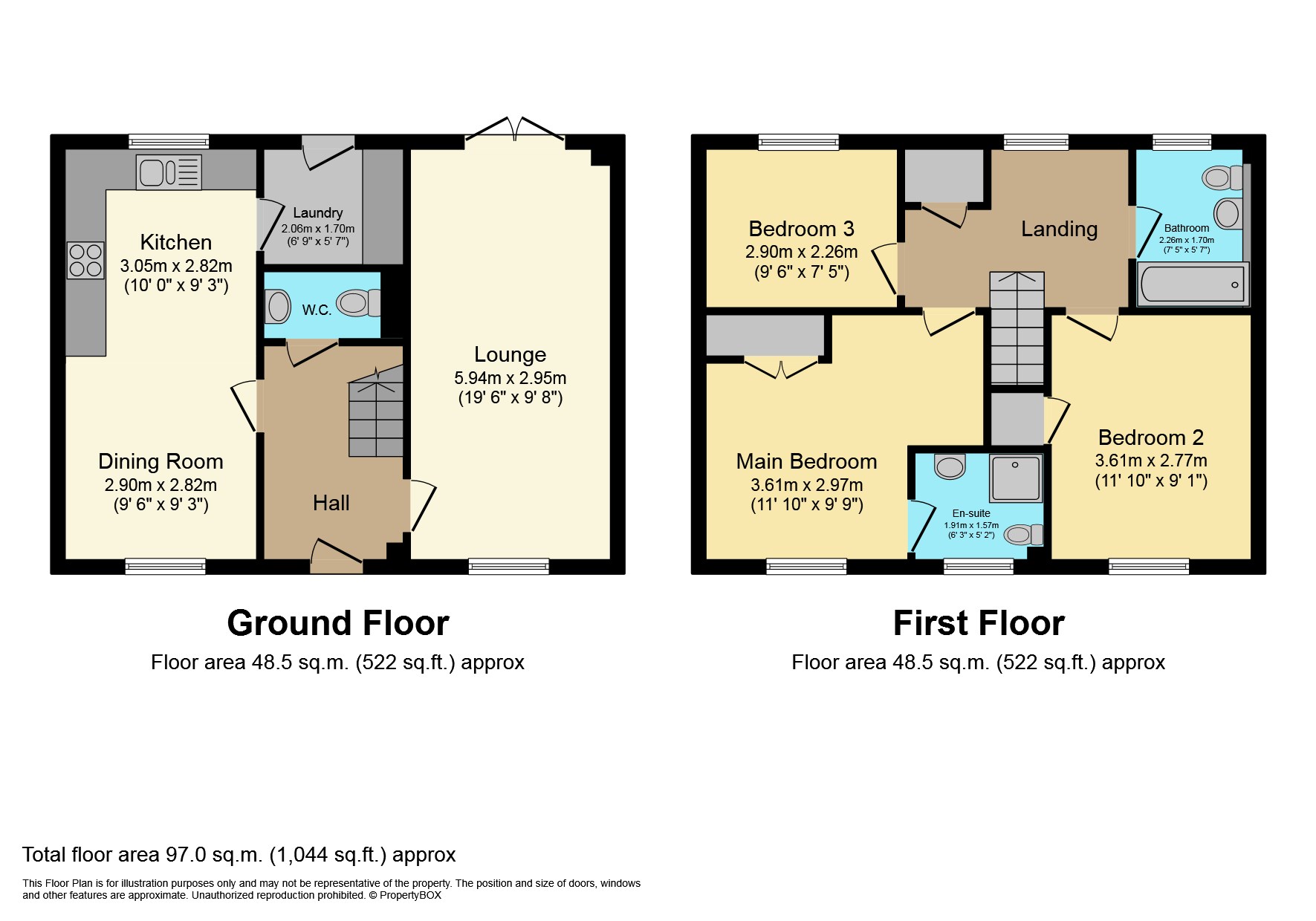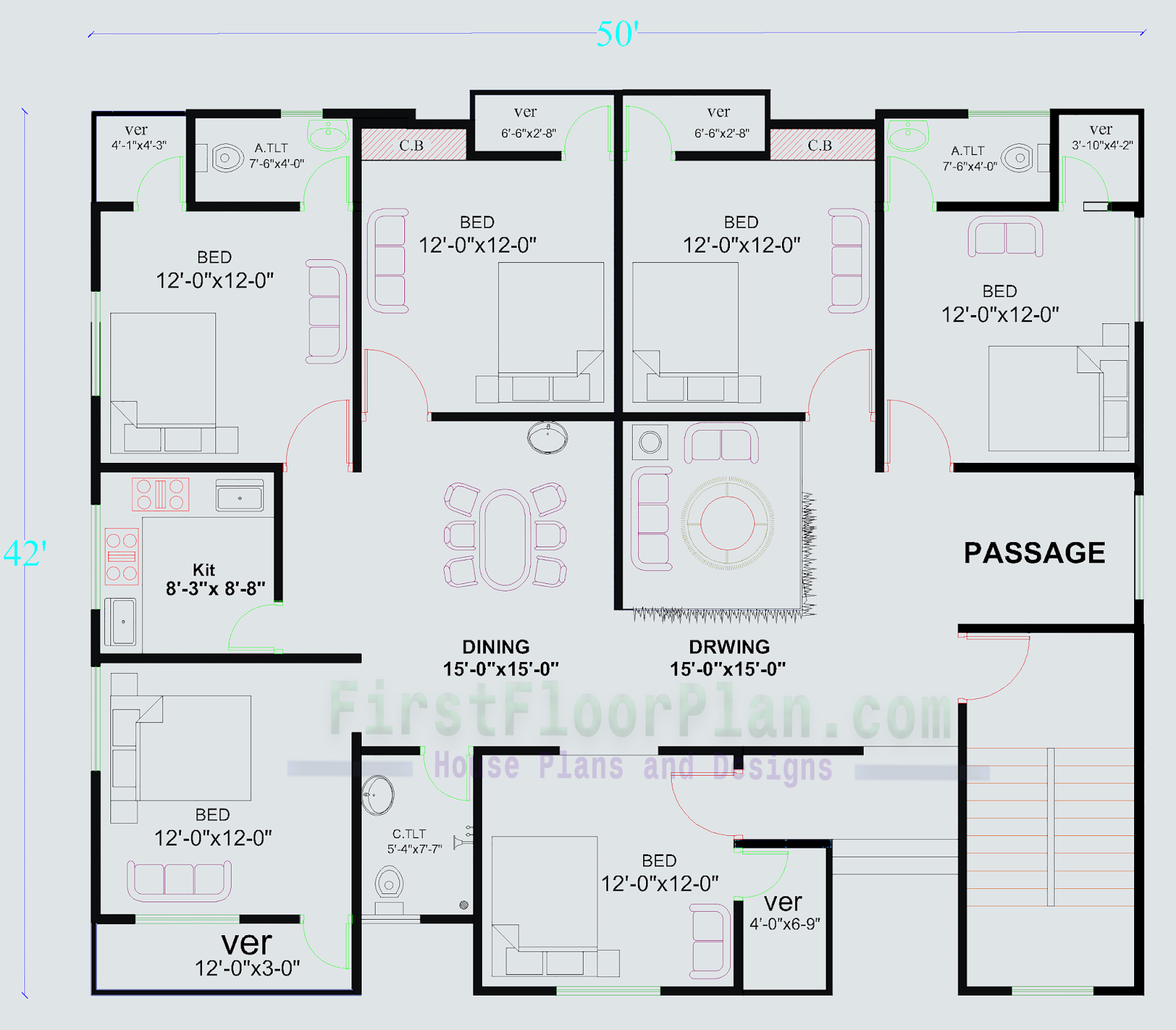Understanding the Village House Concept

Village houses, often referred to as cottages or townhouses, are integral to the fabric of many communities worldwide. These dwellings embody a unique blend of history, architecture, and social interaction, offering a distinct lifestyle compared to suburban or urban living.
Typical Characteristics of Village Houses
Village houses are characterized by their distinctive architectural styles, modest sizes, and functional layouts. They often reflect the local building traditions and materials available in the region, resulting in a diverse range of architectural expressions.
- Architectural Style: Village houses exhibit a wide range of architectural styles, influenced by historical periods, local traditions, and available materials. Some common styles include:
- Tudor: Characterized by timber framing, steeply pitched roofs, and decorative half-timbering.
- Georgian: Known for its symmetrical facade, brick construction, and elegant proportions.
- Victorian: Often features elaborate ornamentation, bay windows, and a variety of rooflines.
- Mediterranean: Typically whitewashed walls, terracotta roofs, and arched doorways.
- Colonial: Inspired by European styles, with simple designs, gable roofs, and wooden clapboard siding.
- Size: Village houses are generally smaller than suburban or urban homes, with two to three bedrooms and one or two bathrooms. They are designed to accommodate a family or a small group of individuals.
- Layout: The layout of village houses is often practical and efficient, with a focus on maximizing space and functionality. Common features include:
- Open-plan living areas: Combining the living room, dining room, and kitchen into a single space to create a sense of openness.
- Compact bedrooms: Efficiently designed bedrooms to accommodate sleeping and storage needs.
- Small gardens or courtyards: Providing outdoor space for relaxation and enjoyment.
Advantages and Disadvantages of Living in a Village House
Living in a village house offers a unique blend of advantages and disadvantages, which are often influenced by the specific location and community.
- Community: Village houses are often located in close proximity to neighbors, fostering a sense of community and social interaction. Residents may share common interests, participate in local events, and rely on each other for support. This close-knit community can provide a strong sense of belonging and security.
- Privacy: While village houses offer a sense of community, they may also present challenges to privacy. The close proximity of neighbors can limit personal space and create a sense of being observed.
- Amenities: Village houses may have limited access to amenities compared to suburban or urban areas. Residents may need to travel further for shopping, healthcare, and entertainment. However, some villages may offer unique amenities, such as local markets, pubs, or community centers.
Examples of Different Village House Styles
The architectural styles of village houses are diverse, reflecting the history and cultural influences of the regions they inhabit.
- English Cottage: Characterized by their charming and quaint design, often featuring thatched roofs, timber framing, and whitewashed walls. Examples can be found in the Cotswolds region of England.
- French Farmhouse: Typically built with stone or brick, featuring a symmetrical facade, slate roofs, and large windows. Examples can be found in the countryside of France.
- Italian Villa: Often characterized by their elegant design, with terracotta roofs, arched doorways, and gardens. Examples can be found in Tuscany and other regions of Italy.
Designing a 2-Bedroom Village House Plan

A well-designed 2-bedroom village house plan can cater to the needs of a typical family while maximizing space and functionality. This section will explore the design elements, room specifications, and key considerations for creating an efficient and comfortable living environment.
Floor Plan Design and Room Specifications, 2 bedroom village house plan
This section will Artikel the design of a 2-bedroom village house plan, including the purpose, size, and features of each room. The plan prioritizes functionality, natural light, and ventilation.
| Room Name | Area (sq ft) | Features |
|---|---|---|
| Living Room | 150-200 | Large windows for natural light, comfortable seating, fireplace (optional), open to dining area (optional) |
| Dining Room | 100-150 | Adjacent to kitchen, space for a dining table and chairs, large windows for natural light |
| Kitchen | 100-150 | Well-equipped with appliances, ample counter space, storage cabinets, natural light, ventilation |
| Master Bedroom | 150-200 | Large enough for a king-size bed, walk-in closet (optional), ensuite bathroom, large windows for natural light |
| Second Bedroom | 100-150 | Spacious enough for a queen-size bed, built-in wardrobe, natural light, ventilation |
| Bathroom | 50-75 | Shower, toilet, vanity sink, natural light, ventilation |
Importance of Natural Light, Ventilation, and Energy Efficiency
These factors are crucial for creating a healthy and sustainable living environment.
Natural light improves mood, reduces energy consumption, and enhances the overall ambiance of the house.
Proper ventilation ensures fresh air circulation, removes moisture, and prevents mold growth.
Energy-efficient features, such as insulation, high-performance windows, and solar panels, reduce energy consumption and minimize environmental impact.
Building a 2-Bedroom Village House: 2 Bedroom Village House Plan

Bringing your village house plan to life requires careful consideration of building materials, construction methods, and sustainable practices. This section delves into the practical aspects of constructing a 2-bedroom village house, focusing on cost-effectiveness, durability, and environmental responsibility.
Building Materials for Village Houses
Choosing the right building materials is crucial for the longevity, aesthetics, and environmental impact of your village house. Here are some common materials, along with their pros and cons:
- Brick: Durable, fire-resistant, and readily available in many regions. Brick houses are known for their longevity and low maintenance requirements. However, brick construction can be labor-intensive and expensive, depending on the availability of skilled labor and the cost of bricks in your area.
- Stone: Provides excellent insulation, durability, and a traditional, rustic look. Natural stone is often locally sourced, reducing transportation costs and environmental impact. However, stone construction can be heavy, requiring a strong foundation, and may be more expensive than other options.
- Wood: A renewable resource, wood offers excellent insulation and a warm, inviting feel. Timber-framed houses are relatively quick to construct, making them a popular choice for village homes. However, wood is susceptible to fire, pests, and rot, requiring proper treatment and maintenance.
- Bamboo: A fast-growing, sustainable alternative to traditional building materials. Bamboo is lightweight, strong, and readily available in many tropical regions. Its low cost and environmental benefits make it an attractive option for eco-friendly village homes. However, bamboo requires proper drying and treatment to prevent insect infestation and rotting.
- Concrete: Durable, fire-resistant, and versatile, concrete can be used for foundations, walls, and roofs. Concrete construction is relatively quick and cost-effective, but it can be energy-intensive to produce and lacks the natural insulation of other materials.
Construction Process
Building a 2-bedroom village house involves several stages, from site preparation to finishing touches. Here’s a general overview of the construction process:
- Site Preparation: This involves clearing the site, excavating the foundation, and preparing the ground for construction. It’s essential to ensure the site is level and properly drained to prevent future problems.
- Foundation: The foundation provides a stable base for the house. The type of foundation depends on the soil conditions, the size of the house, and the building materials used. Common foundation types include concrete slabs, crawl spaces, and basements.
- Framing: The framing creates the structural skeleton of the house. This typically involves using timber or steel beams and columns to support the walls, roof, and floors.
- Exterior Walls: The exterior walls can be built using various materials, such as brick, stone, wood, or concrete. They provide structural support, insulation, and weather resistance.
- Roofing: The roof protects the house from the elements and directs rainwater away from the building. Common roofing materials include tiles, shingles, metal sheets, and thatch.
- Interior Finishing: This involves installing the interior walls, floors, and ceilings, as well as adding electrical wiring, plumbing, and heating and cooling systems.
- Exterior Finishing: This involves adding the final touches to the exterior of the house, such as painting, landscaping, and installing windows and doors.
Sustainable Building Practices
Incorporating sustainable building practices can minimize the environmental impact of your village house while reducing energy consumption and costs. Here are some examples:
- Use locally sourced materials: This reduces transportation costs and emissions, supporting local businesses and communities.
- Employ passive solar design: By strategically orienting the house and using windows and overhangs to maximize natural light and heat gain in winter and minimize it in summer, you can reduce reliance on artificial lighting and heating.
- Install rainwater harvesting systems: Collect rainwater for irrigation and household use, reducing water consumption and reliance on municipal water supplies.
- Use energy-efficient appliances: Opt for appliances with high energy ratings, minimizing electricity consumption and reducing energy bills.
- Choose sustainable insulation materials: Natural materials like sheep wool, hemp, or recycled denim provide excellent insulation and are environmentally friendly.
Step-by-Step Guide for Building a 2-Bedroom Village House
Building a house requires meticulous planning, skilled labor, and a detailed understanding of construction techniques. While this guide provides a basic overview, it’s essential to consult with professionals for specific guidance and safety measures.
- Obtain building permits: Contact your local authorities to obtain the necessary permits for construction. This ensures your project complies with local building codes and regulations.
- Develop a detailed plan: Create a comprehensive construction plan, including the floor plan, elevations, and specifications for materials, finishes, and fixtures.
- Prepare the site: Clear the site, excavate the foundation, and level the ground according to your plan. Ensure proper drainage to prevent water accumulation.
- Construct the foundation: Build the foundation according to the plan, using concrete, stone, or other suitable materials. Ensure it’s strong enough to support the weight of the house.
- Frame the walls and roof: Erect the timber or steel framing for the walls and roof, following the plan and using appropriate construction techniques.
- Install exterior walls and roofing: Build the exterior walls using chosen materials like brick, stone, wood, or concrete. Install the roofing material, ensuring proper waterproofing and ventilation.
- Install windows and doors: Install windows and doors, ensuring they are properly sealed and insulated to maintain energy efficiency.
- Install plumbing and electrical systems: Install the plumbing and electrical systems, ensuring they meet local codes and regulations. This involves wiring, piping, and fixtures.
- Complete interior finishing: Install the interior walls, floors, and ceilings. Add insulation, paint, and any decorative finishes.
- Complete exterior finishing: Apply exterior paint, install landscaping, and add any final touches to the exterior of the house.